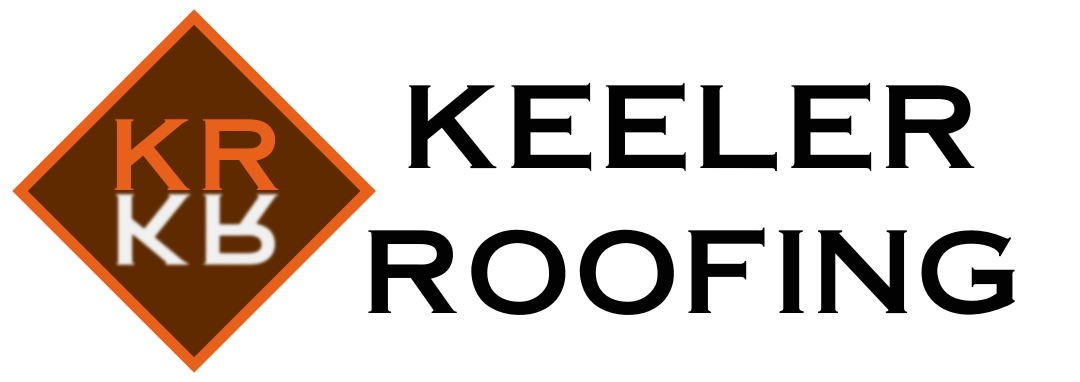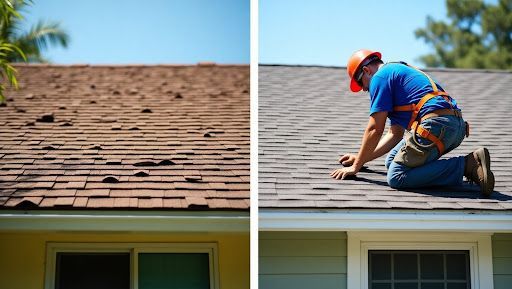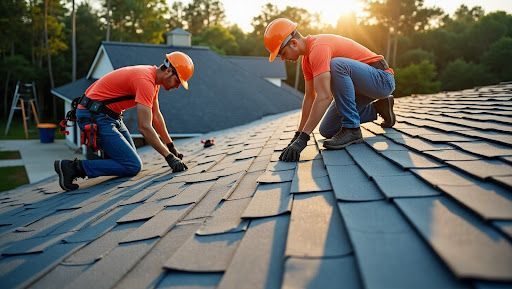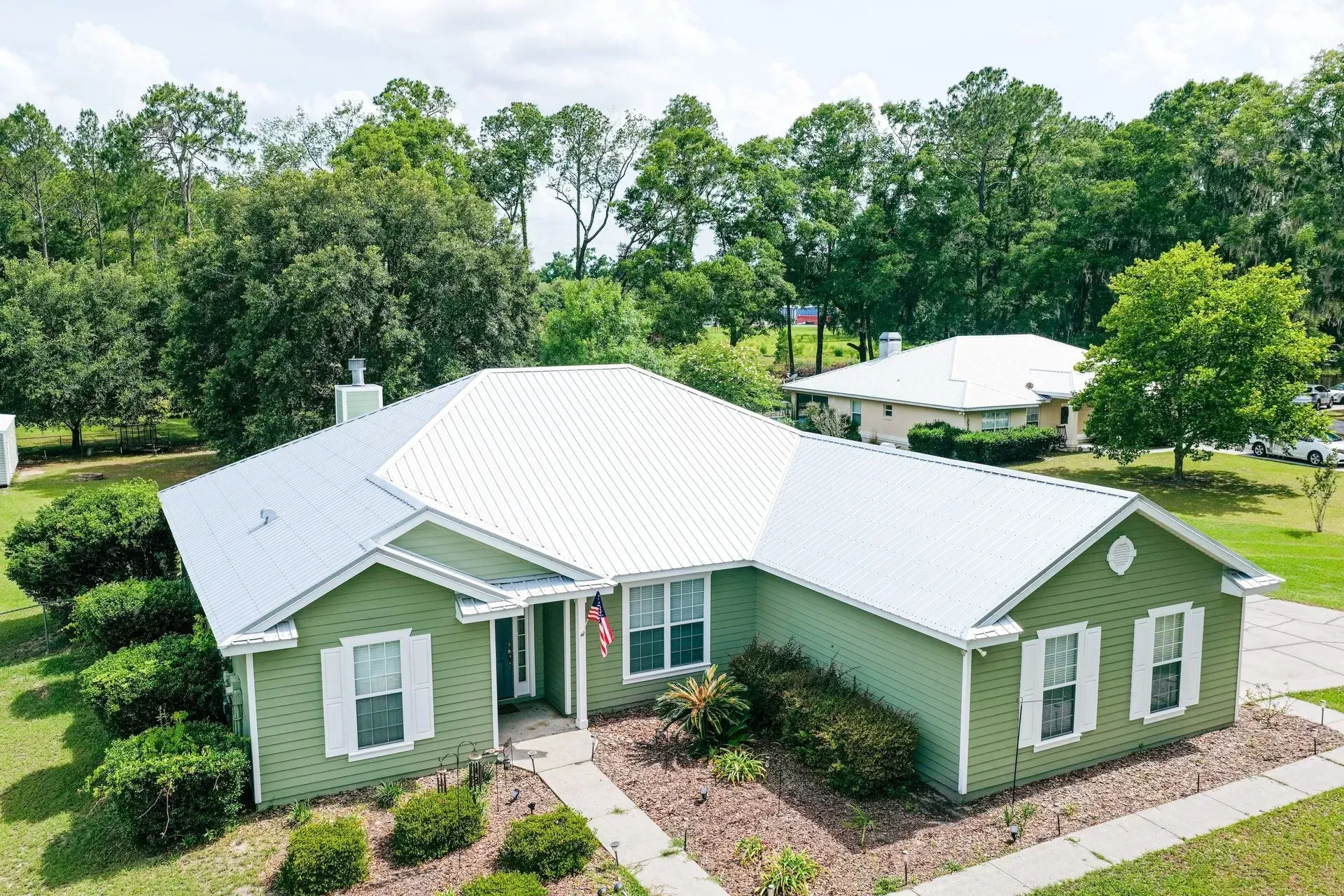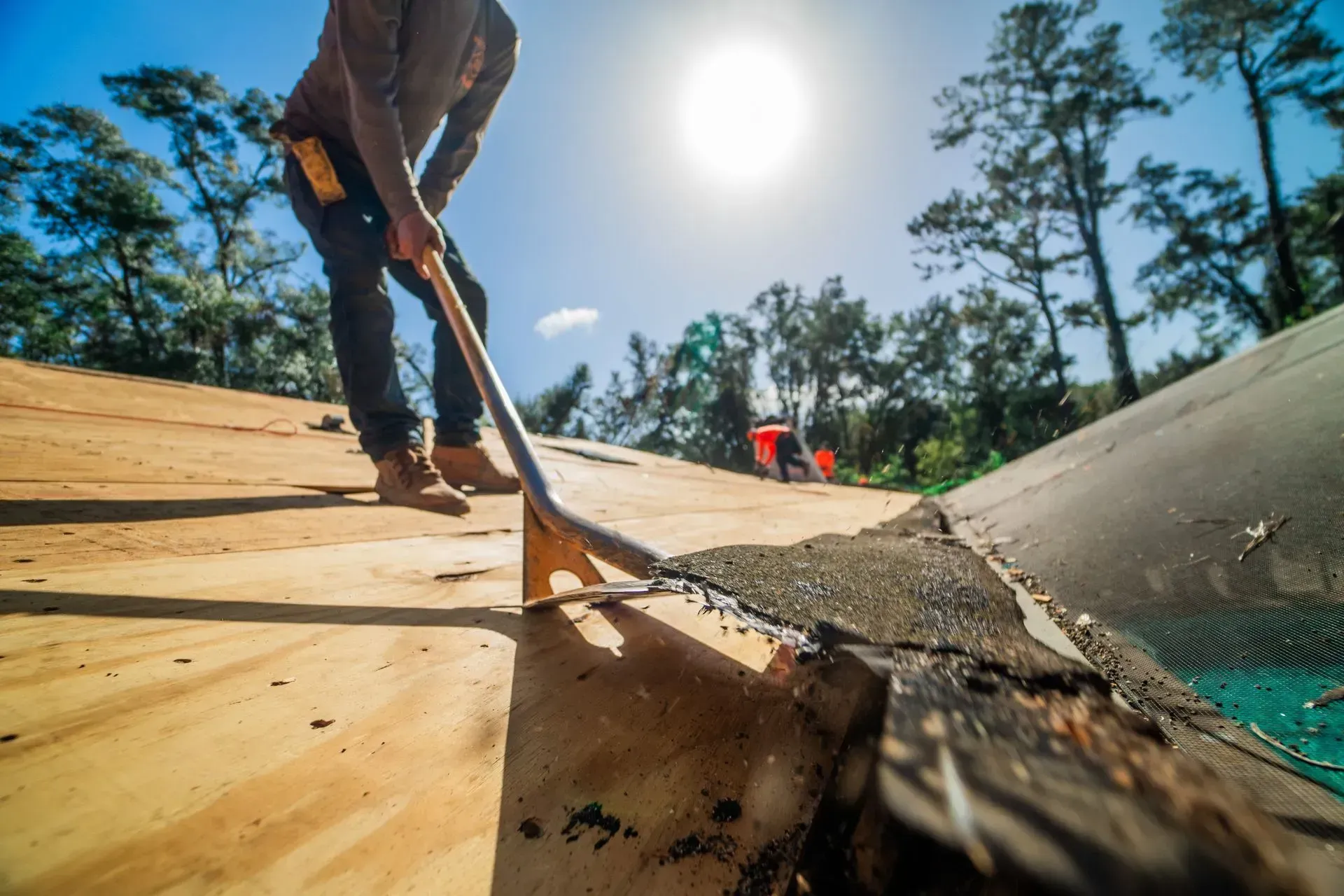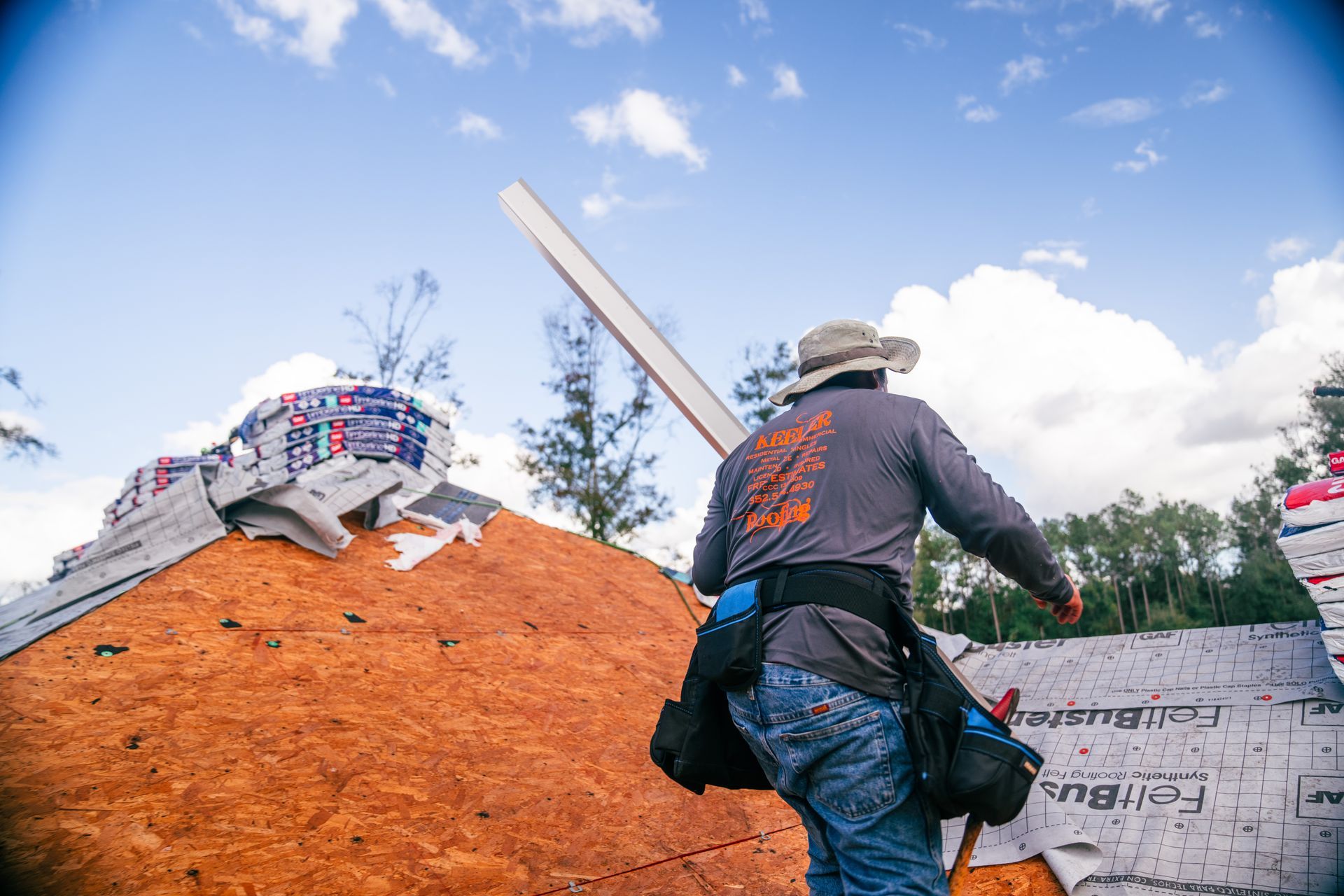How Storm Damage Affects Your Roof—and What to Do About It
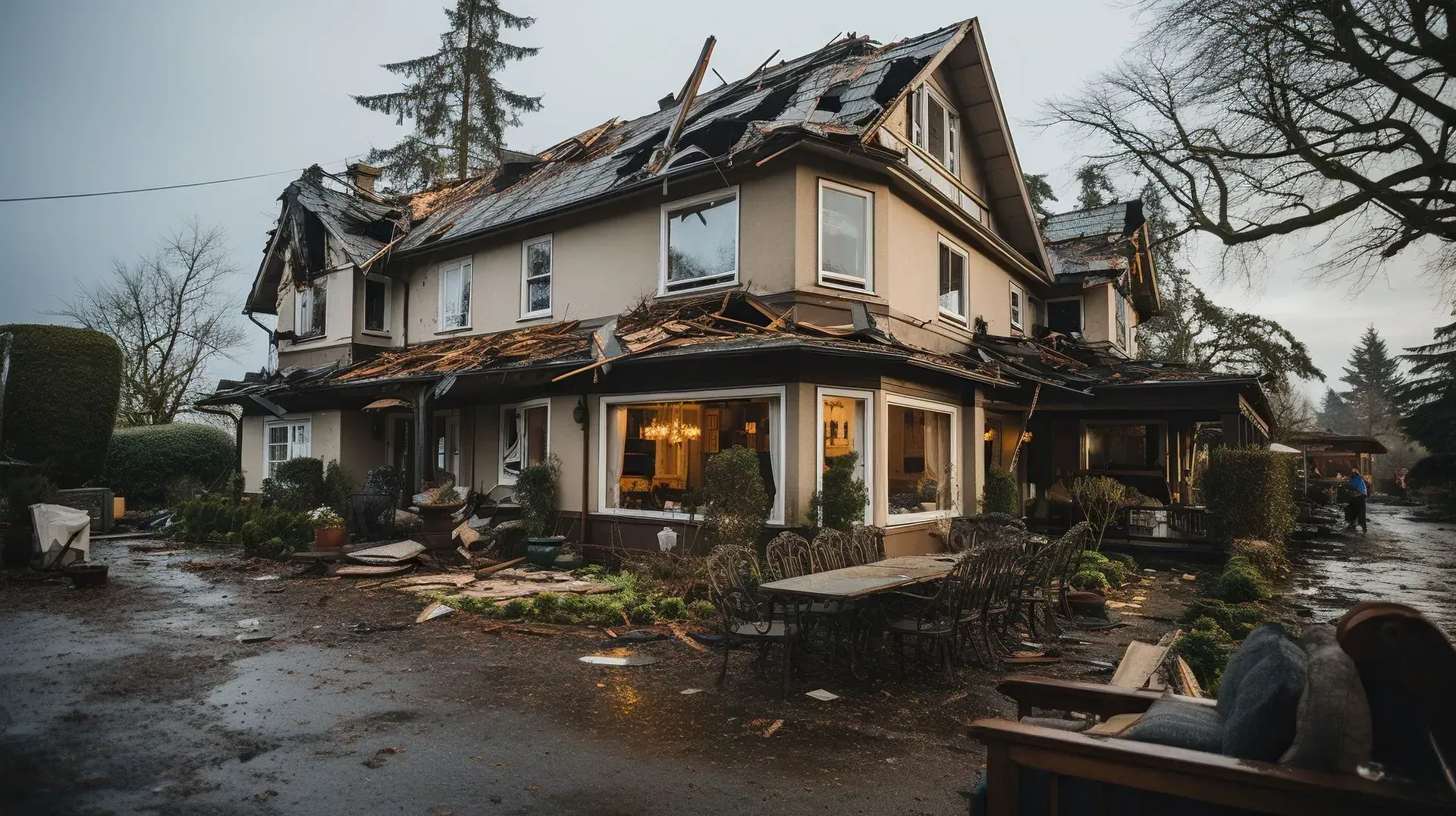
When severe weather hits, your roof takes the brunt of the storm's power. From heavy rain and hail to strong winds and debris impacts, storm damage can compromise your roof and, ultimately, your home's structural integrity.
If you're a homeowner, understanding how to spot signs of storm damage and knowing what steps to take can save you both time and money. It also ensures your family’s safety.
This guide will walk you through how storm damage can affect your roof, how to identify issues, and what you should do to address them, including insights into insurance claims and hiring roofing contractors in North Central Florida.
How Storms Impact Your Roof
Storms can damage your roof in several ways, depending on the weather conditions.
1. High Winds
Strong winds can rip shingles off your roof, loosen flashing, and cause structural vulnerabilities. Missing or lifted shingles allow water to seep underneath, potentially leading to leaks and water damage.
2. Hail Damage
Hailstones can dent roofing materials, crack shingles, and damage metal components. Over time, even small hail damage can deteriorate your roof's protective layer, leaving it vulnerable to leaks.
3. Heavy Rainfall
Extended periods of rain can overwhelm your roofing system, especially if gutters are clogged. Water pooling on your roof can lead to leaks, mold growth, and even structural sagging.
4. Falling Debris
Branches and other debris carried by storm winds can puncture your roof or damage shingles, flashing, and vents. Worse still, major impacts could leave your roof with structural damage that requires immediate attention.
5. Hidden Damage
Not all storm damage is immediately visible. Sometimes, the effects of a storm can weaken your roof’s underlayment or lead to slow-developing
leaks, which can cause mold or rot over time.
How to Spot Storm Damage
After a storm, it’s vital to inspect your roof for potential damage. Here’s how to assess the situation safely and accurately.
Exterior Inspection
- Check for Missing or Damaged Shingles: Look for shingles that are cracked, curled, or completely missing.
- Inspect for Granule Loss: Asphalt shingles may lose granules due to hail or heavy rain, leaving patches of roof that look bare or discolored.
- Look for Flashing Damage: Flashing around chimneys, skylights, and vents can become loose or bent during a storm.
- Check Gutters and Downspouts: Excess granules, dirt, and debris in your gutters are tell-tale signs of damage to your roof.
Interior Inspection
- Inspect Ceilings and Walls: Look for water stains, dripping, or discoloration on your ceiling and walls, which may indicate roof leaks.
- Enter the Attic: Use a flashlight to inspect your attic for damp insulation, water stains, or visible daylight coming through the roof.
Safety Tip: Always prioritize safety when inspecting for storm damage. If climbing onto your roof seems unsafe, contact professional commercial roofing contractors in Florida to perform an inspection.
What to Do About Storm Damage
If you spot damage or suspect your roof has been compromised after a storm, follow these steps to minimize further issues and ensure a smooth recovery.
Step 1. Document the Damage
Take clear photos of both the interior and exterior damage caused by the storm. Include timestamps if possible, as this documentation will be crucial for insurance claims.
Step 2. Secure Your Home
Prevent further damage by covering exposed areas with tarps or temporary sheeting. This will protect your home from additional rain or debris until roof repairs can be made.
Step 3. Contact a Trusted Roofing Contractor
Hire an experienced roofing contractor who specializes in storm damage restoration. Look for professionals with local experience, such as companies offering roof repair in North Central Florida, who understand the region’s weather challenges. Choose a contractor who is licensed, insured, and provides free inspections.
Step 4. File an Insurance Claim
Call your insurance company to report the storm damage and file a claim. Here’s a quick checklist for navigating the process:
- Provide your damage documentation (photos and notes from your inspections).
- Schedule an adjuster’s visit to assess your roof.
- Share your roofing contractor’s written estimate with your insurance company to approve repairs or replacement costs.
Step 5. Plan the Repairs
Once your insurance claim is approved, work with your roofing contractor to schedule repairs. Depending on the damage, this may involve patching problem areas, replacing shingles, or installing a new roof altogether.
Why Partner with Professional Roofing Contractors
Storm damage is stressful, but working with experienced roofing contractors in North Central Florida can make the process much smoother.
Why Choose Professionals?
- Expertise in Storm Damage Repair: Local contractors understand the challenges posed by North Central Florida’s weather, from hurricanes to hailstorms.
- High-Quality Materials: Professional contractors use durable materials that stand up to future storms.
- Guaranteed Workmanship: Reputable roofers often provide warranties and guarantees for their repairs or replacements.
Keeler Roofing, for instance, has over a decade of experience serving homeowners throughout North Central Florida. From detailed inspections to final installations, their trusted process ensures your home is protected.
Proactive Steps to Protect Your Roof
While storm damage can’t always be avoided, there are ways to better prepare your roof for severe weather.
- Schedule Regular Inspections: Hire a roofing expert to inspect your roof annually or after major storms.
- Keep Gutters Clean: Clear leaves, debris, and dirt from gutters regularly to maintain proper drainage.
- Trim Nearby Trees: Prevent falling branches by trimming trees near your home.
- Invest in Durable Materials: Upgrade to impact-resistant shingles or metal roofing for better storm protection.
A Strong Roof Equals a Stronger Home
Your roof is your home’s first line of defense against the elements. If storms have left their mark, don’t wait to address the damage. Spotting issues early and working with reliable roofing contractors in North Central Florida will ensure your home remains safe, secure, and weather-resistant.
Need expert advice from a trusted roofing company in Florida? Contact Keeler Roofing for a free inspection and estimate. Protect your roof and your peace of mind with trusted professionals who care.



